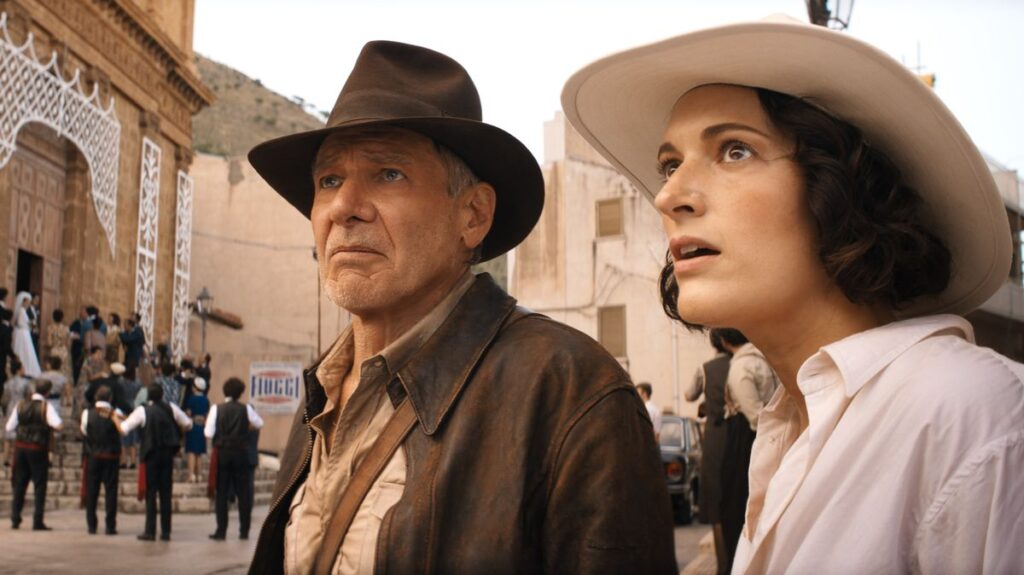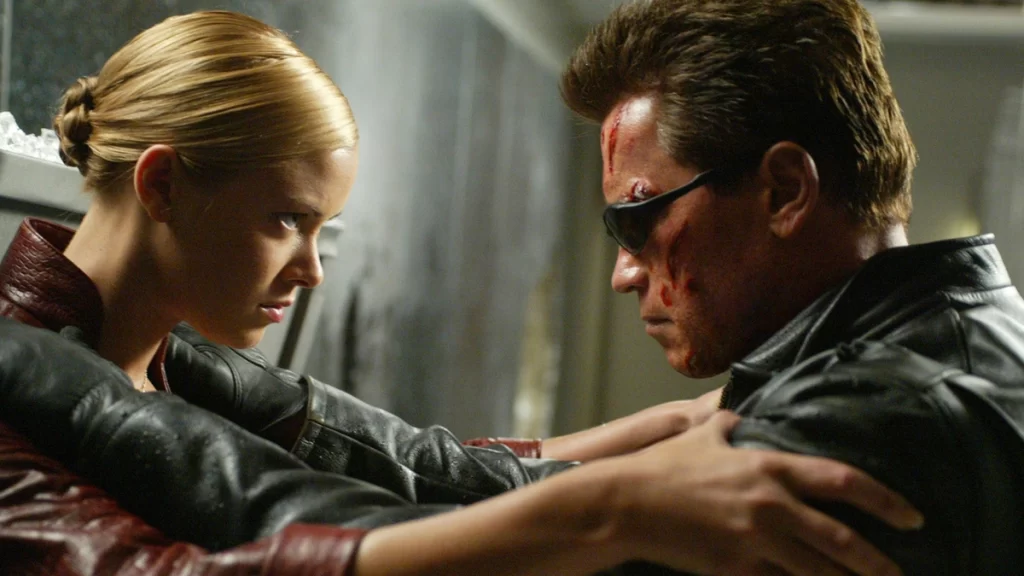Indiana Jones and the Dial of Destiny: Traders of a Lost Spark

The first thing you notice is the thing you don’t notice: The Paramount logo doesn’t dissolve into a real-life mountain, instead smoothly transitioning to the sterile placard for Lucasfilm Ltd. And so, before a frame has flickered on screen, Indiana Jones and the Dial of Destiny has differentiated itself from its four predecessors. In some ways, this is a smart move. After all, it’s been 42 years since Harrison Ford outraced a giant boulder in Raiders of the Lost Ark and lodged a smash franchise into pop-culture lore in the process; undue fidelity to such a treasured past might brand this new effort as a pale imitator, like one of those moldy skeletons Indy brushes past on his way to fortune and glory. But not all departures from prior history are healthy, and the change that most harms Dial of Destiny takes place not in the script, but behind the camera: This is the first Indiana Jones adventure that wasn’t directed by Steven Spielberg.
This is perhaps unfair to James Mangold, one of an infinite number of filmmakers who is guilty of being less talented than Spielberg. No stranger to inheriting a beloved fictional character—he gave Hugh Jackman’s Wolverine a lovely and powerful send-off in Logan—Mangold approaches his assignment here with what might be called cautious reverence. John Williams’ famous “Raiders’ March” theme appears on the soundtrack, but only sparingly. Indy occasionally deploys his classic bullwhip, but his weapon of choice tends to be his fists. Cherished supporting characters reemerge—including John Rhys-Davies’ Sallah, plus another figure best left unspecified—but only for a scene or two. The chief villains are once again Nazis, but they (mostly) operate in secret rather than with swastika-emblazoned armbands. The result is that Mangold has made a new Indiana Jones movie both like and unlike the old Indiana Jones movies, tentatively perpetuating their legacy without being beholden to it. Read More




